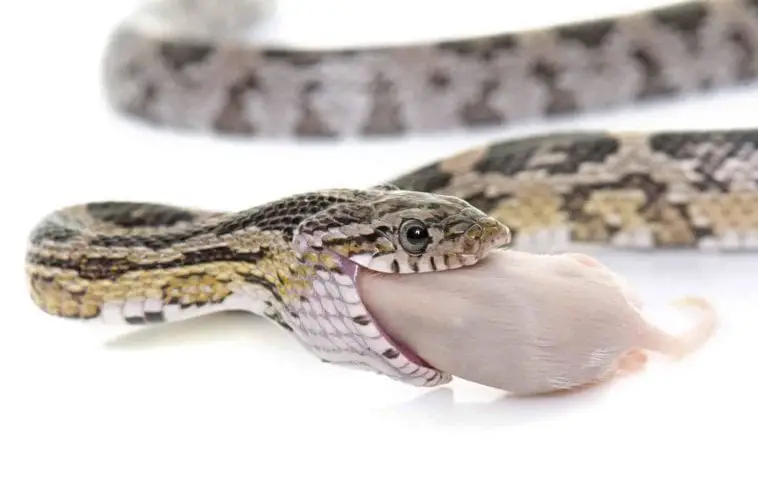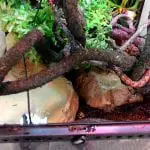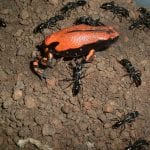If you are a snake enthusiast that is passionate about providing your reptile with the best life possible, you will surely love to know all that is ever possible to do for your pet. This includes providing your pet all of the nutrition that it needs. If you are eager to learn more about exploring a snake’s diet, here are the things that you must do about your snakes.
The Basics of a Snake’s Diet
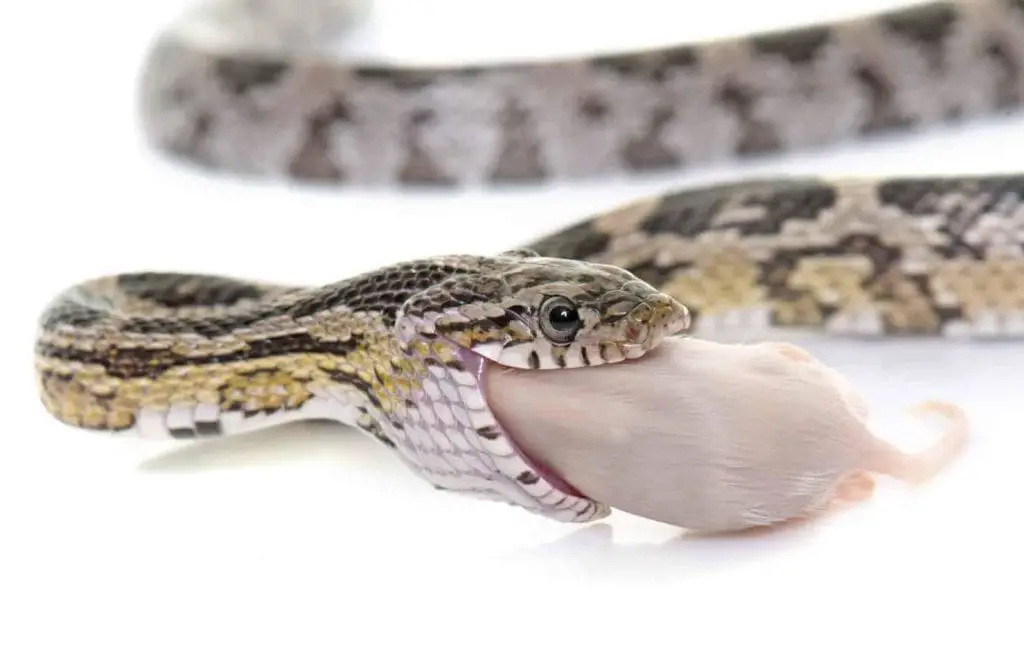
All snakes are carnivores, and they thrive off eating meat. In fact, though there are an estimated 2,900 different species of snakes, all of them are carnivorous in nature. Snakes are often linked to a specific diet comprising of eggs, fishes, frogs, lizards, slugs, termites, and other invertebrates. Other snakes also are just generalists that eat all the small animals that are prey items.
And because they are carnivores, sometimes, these snakes also eat each other’s meat. Some snakes act like hunters and aggressively search for their prey, while other snakes are very sneaky, and they try to trick their victims into coming much closer to them. For example, some snakes, like the Cantil snakes, look like a worm, and this can fool their victims. Some desert snakes also hide under the sand, and then they attack if an ideal prey item wanders by.
A simple way to look at it is this: snakes are carnivores, and they eat rodents. Some green snakes are insectivores. Gartner snakes and water snakes prefer to eat fish. Egg-eating snakes only eat eggs.
Different Kinds of Snakes Eat Different Kinds of Things
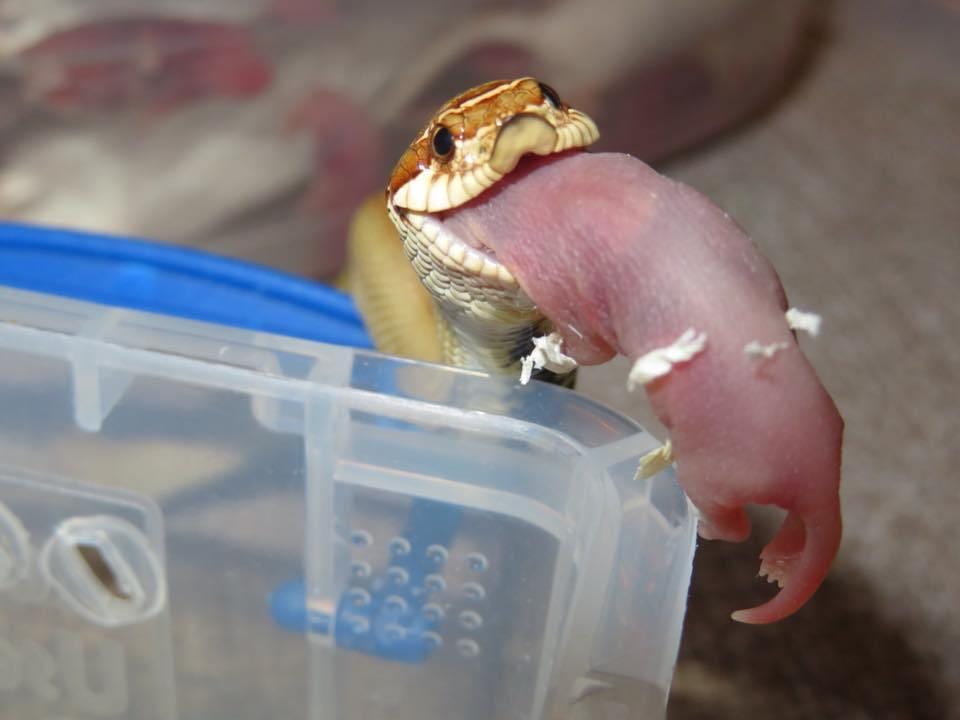
For snakes, there is no one size fits all description. Many types of snakes eat many types of things. There are snakes have bodies that can only eat one type of prey item and cannot digest other types of animals. For instance, there is a species of snake that exclusively eats eggs. Their body is well evolved and adapted to meet this, as they have a special spur in their vertebrae that can immediately break the egg after they have swallowed it whole. After that, they just crush all the good contents of the egg, just like the yolk. Finally, they spit back the empty shell outback as it is pretty great to watch.
Of course, this is just an individual example, and there are various things that snakes eat. They also eat bats, birds, fishes, other snakes, termites, and worms. But, other birds, because of the changes in the ecological supply and availability, have changed their diets and just eat everything and anything that they could find.
One of the species that have evolved to a change in diet is the Eastern indigo snake. Because of restrictions on food availability, they now consume anything that can catch and fit inside their mouths. They eat everything, including birds, frogs, rodents, small tortoises, rattlesnakes, and just about everything else. This is why it is always important to note that every species of snake follows a different diet.
This is something to note, though. Despite following a diet that is wide and diverse, you should remember that you should never try to feed your snakes with plant materials and vegetables. In fact, as emphasized by Leo Spinner, the owner of The Spotted Turtle Herpetological Institute and a herpetologist, snakes will always feed on plant matter and never ever materials that come from animals. Anatomically, the teeth of these animals are not meant for plant consumption.
Why Are Snakes Called ‘Obligate Carnivores’?
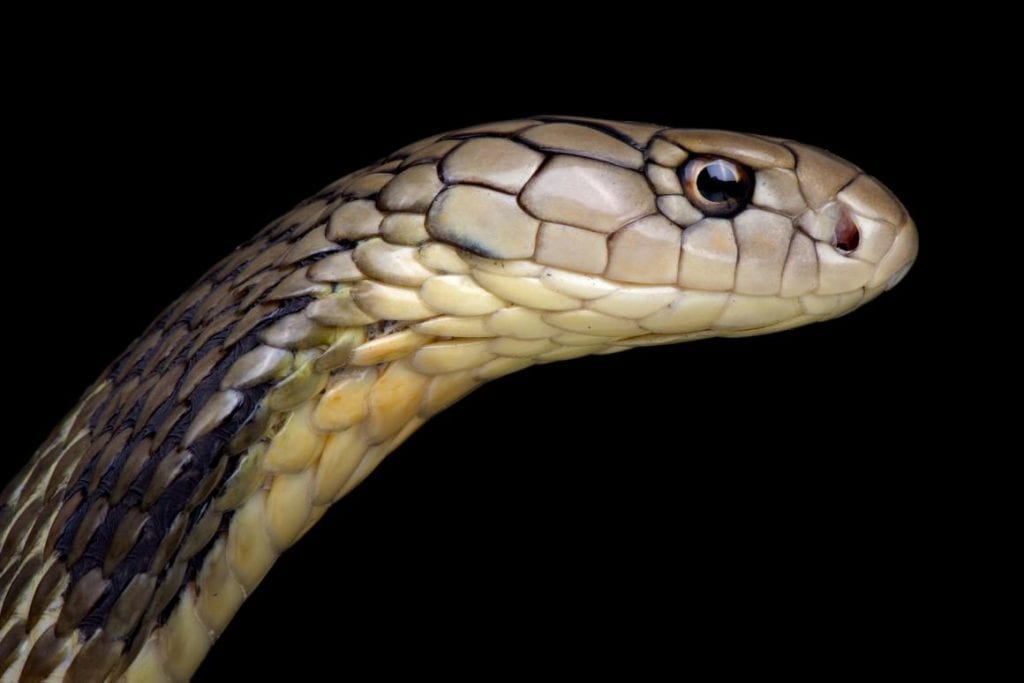
To start with, you should look at the three main types of diets that animals can have.
- Herbivores – These are animals that strictly consume plants and plant materials. Their diets involve barks, trees, grass, fruits, vegetables, and different foliage. Their digestive systems are designed to digest plants and get nutrients from them. An example is tortoises and horses.
- Omnivores – These are animals that can digest both plant matter and animal matter. An example of this is bears and humans.
- Carnivores – These are animals that consume animal flesh and other animal matter exclusively. True carnivores are not able to digest any forms of plant matter.
Now, snakes are obligate carnivores. This means that snakes can only digest animal matter, but they do not have the physiological ability to process plants in their systems. For this matter, snakes can only consume animals and animal products as food. Even if you offer your snake some vegetables, like carrots, the snake would not treat those as food items and will just ignore it.
If, surprisingly, you encounter a snake with a surprising ability to eat plants, digesting them will not ever be successful. This is because snakes swallow their food whole, and they do not have the ability to chew. Snakes do not have the capability to break down and grind down plant matter.
As an owner, you must have the utmost concern to think about your snake’s digestive system. Plants will take an extremely long time to break down inside the stomach. This is, in fact, why herbivores have very long intestinal tracks. The intestines of snakes are generally too short, which is why they are incapable of digesting plants.
For this specific reason, feeding your snakes an exclusive diet of fruits and vegetables can kill it. It would also be unable to extract nutrients from this food, and your snake can die from starvation.
Factors That Can Change What You Feed Your Snakes
Because the diet of a snake can vary wildly, it is essential that you do some research before you purchase one for yourself. When in captivity, it is always the best way to feed your snake prey that has been humanely killed, frozen, and then thawed and warmed before consumption.
However, some snakes are not inclined to eat food that has been pre-killed and would prefer to go for live prey. This is why before you adopt or purchase a snake, it would be best if you have it trained to feed on pre-killed, frozen, and thawed food. The only exception for this concern is to feed very young snakes with mice at the baby stages. This is because they are only motivated to eat by seeing some movement.
But, the reason why many prefer to feed their mice with pre-killed food is that there is a big tendency to live prey items that can fight back sometimes. If it is a rodent, the animal has a risk to bite your snake if it is not skilled enough to attack right away. Of course, your snake will eventually win the fight, but it can still get injured throughout the entire process.
Additionally, some prey items can also come with different parasites. You must avoid any form of the parasite that your prey may be carrying. There might be a presence of internal parasites like worms and external parasites like fleas and ticks. Any of these can be harmful to the snake. But killing them, freezing them, and reheating them can lessen the existence of these parasites.
Also, a great perk of purchasing frozen prey item food is that it also tends to be a lot cheaper. You can even purchase these items in bulk and just store it in your freezer.
But, What Should Your Snake Actually Eat?
The first thing to do in this specific matter is to do your research on the specific species of snake that you are buying. There are many important items that you should know about, but one of the best things to take note of is the food that it needs to it.
If your pet snake is a generalized once, it is best to give them several types of food, like crickets, fishes, and small mammals like rats and mice. All of these prey items can be easily obtained from your local pet store and online pet stores.
If your pet snake is a specialized one and only interacts with one specific type of food item, you should be prepared to provide that at all times. You should also keep in mind that most snakes eat every 5 to 14 days. This is why you should determine ahead of time that there are specific types of food that you need to buy for your new pet. This will ensure that your pet will stay healthy, happy, and stay well-fed for the years to come.
Conclusion
In summary, here are the keynotes that you have learned today. First, snakes are obligate carnivores, which means that they must eat animals in order for them to survive. Snakes only eat animals, and there is no such thing as vegetarian snake food. You should never feed your snakes food and vegetables, and you should only feed your snakes with an animal product.
Most species of the snake do well on a diet of frozen-thawed mice and rats. If you think you could get used to these needs, some good starter snakes are ball pythons and corn snakes. If you do not like rodents, you should go for green snakes and Gartner snakes.

